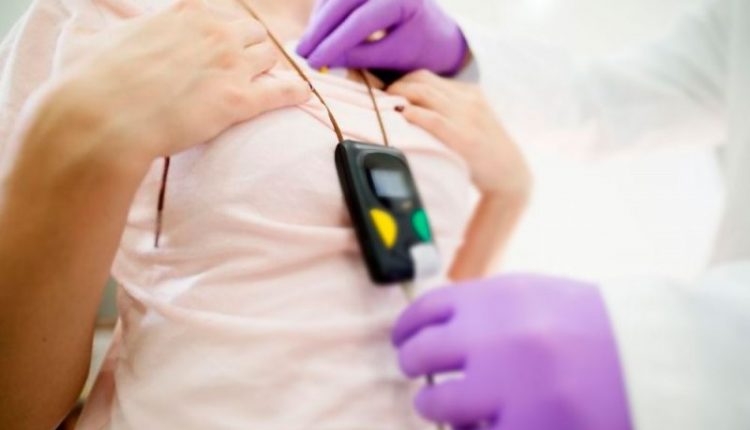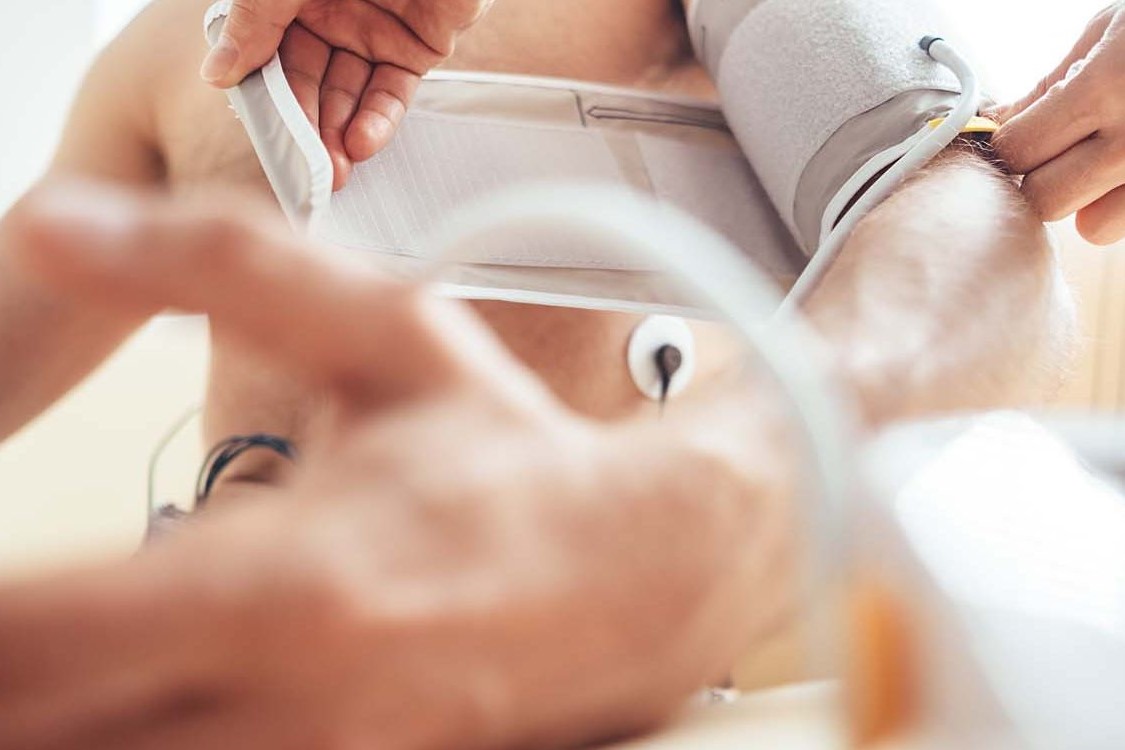
Holter blood pressure: what is the ABPM (Ambulatory Blood Pressure Monitoring) for?
The ABPM or blood pressure monitor is a diagnostic tool that allows the dynamic recording of blood pressure for 24 hours
One of the most useful tools available to the doctor for assessing the blood pressure profile even in children is the ABPM (Ambulatory Blood Pressure Monitoring)
This is a 24-hour blood pressure measurement system.
It consists of a small recorder connected via a flexible tube to a blood pressure cuff.
The recorder is set so that the cuff inflates at regular intervals.
The interval between measurements can be changed according to clinical-diagnostic needs, but usually the device records the pressure every 15 minutes during daylight hours and every 30 minutes during sleep to allow physiological rest.
With these settings, it is possible to obtain approximately 70-75 blood pressure measurements in 24 hours.
QUALITY AED? VISIT THE ZOLL BOOTH AT EMERGENCY EXPO
Over the last few years, there has been a gradual increase in the diagnosis of hypertension (non-occasional increase in blood pressure values) in the paediatric population not only due to an increased prevalence of risk factors such as overweight, sedentary lifestyle and consumption of foods high in salt, but also due to continued advances in diagnostic methodologies.
The benefits of this are clearly evident:
- It makes it possible to rule out ‘white-coat hypertension’: a temporary rise in blood pressure values caused by emotional stimuli as may occur during a medical examination;
- Allows monitoring of blood pressure during the night;
- Allows the difference between daytime and night-time blood pressure values to be determined, which is useful information in certain diseases;
- Heart rate (number of heartbeats per minute) can be recorded during measurements.
In addition to its diagnostic usefulness, the ABPM allows the effectiveness of any antihypertensive therapies to be assessed
Certain conditions must be met in order to obtain reliable results:
- The examination must be carried out in specialised centres and the equipment must be set up and applied by appropriately trained personnel;
- The appropriate cuff must be selected: one of the most frequent errors in blood pressure measurement, especially in paediatric settings, is the use of cuffs that are not the right size for the length and circumference of the arm;
- The cuff should be placed on the non-dominant arm (i.e. the one that is used less often), except in cases of illness;
- The first measurement should always be compared with the pressure taken at rest during the examination to check for any discrepancies that may be indications of equipment malfunction;
- The patient and family member should be carefully instructed in the operation of the equipment (measurement intervals, any audible alarms);
- The parent (or the patient in the case of older children) should fill in a diary of the day, noting the main activities carried out, hours of sleep and any symptoms.
- Children, even very young ones, usually tolerate this type of examination well if they are well educated and reassured.
Last, but not least, is the speed with which the results are read and interpreted by qualified personnel.
All these characteristics make the Holter blood pressure monitor a fundamental diagnostic tool in clinical practice in paediatrics.
Read Also:
Emergency Live Even More…Live: Download The New Free App Of Your Newspaper For IOS And Android
What Is Patient Pressure Management? An Overview
Heart, Bradycardia: What It Is, What It Involves And How To Treat It
Defibrillator: What It Is, How It Works, Price, Voltage, Manual And External
The Patient’s ECG: How To Read An Electrocardiogram In A Simple Way
Signs And Symptoms Of Sudden Cardiac Arrest: How To Tell If Someone Needs CPR
Inflammations Of The Heart: Myocarditis, Infective Endocarditis And Pericarditis
Quickly Finding – And Treating – The Cause Of A Stroke May Prevent More: New Guidelines
Atrial Fibrillation: Symptoms To Watch Out For
Wolff-Parkinson-White Syndrome: What It Is And How To Treat It
Identifying Tachycardias: What It Is, What It Causes And How To Intervene On A Tachycardia
Head Up Tilt Test, How The Test That Investigates The Causes Of Vagal Syncope Works
Cardiac Syncope: What It Is, How It Is Diagnosed And Who It Affects
Holter Monitor: How Does It Work And When Is It Needed?




